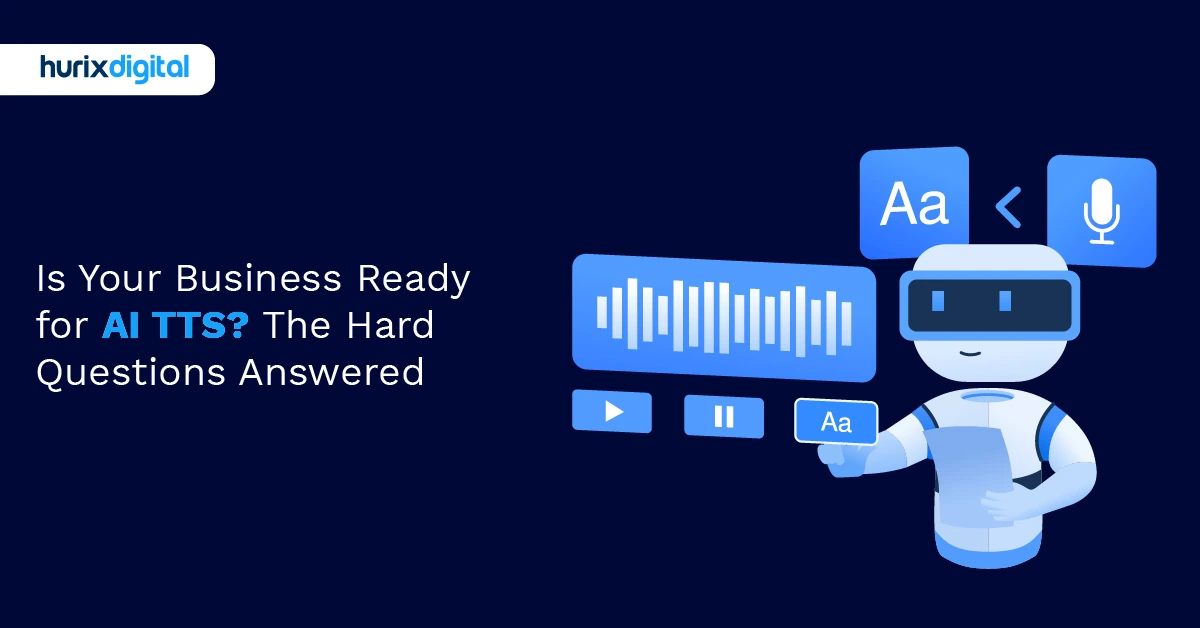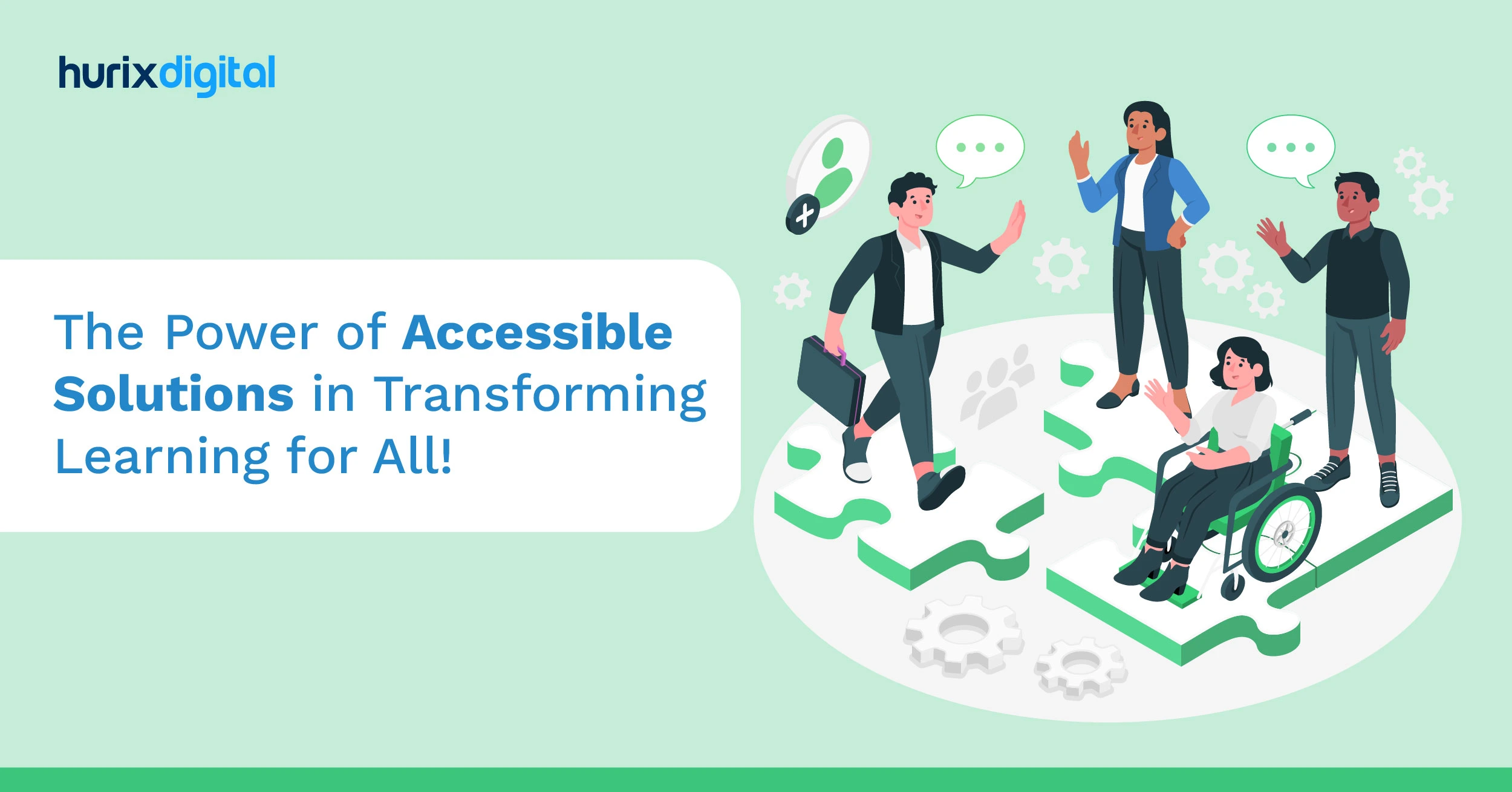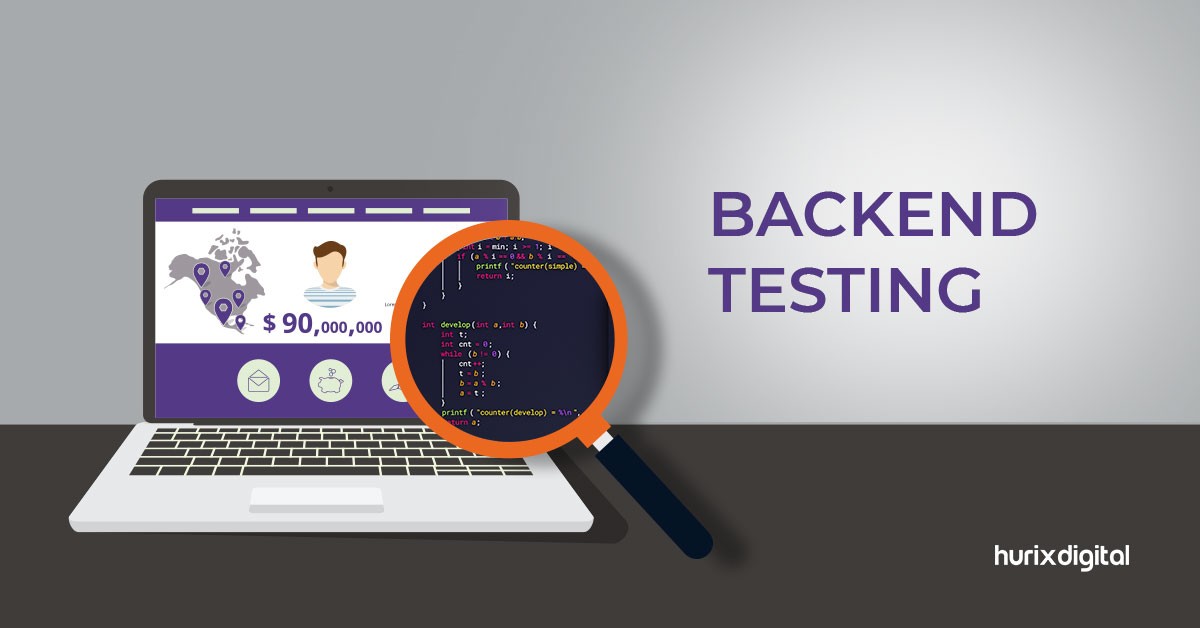
Importance of Data Security in Higher Ed Institutions for Data Protection
The COVID-19 pandemic forced a rapid shift to remote learning and work, making higher education institutions particularly vulnerable to cyberattacks. As more and more sensitive student and faculty data is stored and transmitted digitally, the risk of data breaches and cyberattacks has skyrocketed.
A recent study revealed that 70% of higher education institutions experienced cyberattacks in the past year. These attacks can have devastating consequences, including financial loss, reputational damage, and legal liabilities.
With a dispersed workforce and a student body that’s operating online, higher education institutions are vulnerable to cyber-attacks. It’s critical to develop a security plan that protects the university from cybercrime.
We will explore the critical importance of data security in higher education and discuss strategies to protect sensitive information.
Table of Contents:
- Prevent Social Engineering That Threats Data Security
- Protecting the Lines of Communication Using Various Data Protection Guidelines
- Understanding Compliance Exposure
- Find a Reliable Data Collection Platform
- Using Effective Data Collection Methods
- Conclusion
Prevent Social Engineering That Threats Data Security
Phishing attacks mainly target educational institutions. This is because the staff in schools is an easy target. After all, they receive a high volume of emails. In 2019, 71% of opportunistic attacks were Trojan malware, which was delivered through spam messages. The education sector data protection was most at threat.
Data security measures can protect students from phishing attacks. The first approach is through security awareness training. Sensitizing the school staff about phishing emails can reduce the threat of a cyber-attack significantly. The other approach is to develop secure file transfer processes and email filters.
Also Read: What Organizations Need To Know About Cyber Security
2. Protecting the Lines of Communication Using Various Data Protection Guidelines
Currently, students are participating in classes and engaging school officials through online meetings and collaboration tools. Data security helps schools protect the lines of communication. Zoom is one of the platforms that many learning institutions use to conduct their lessons. Zoom has more than 200 million active users.
If Zoom isn’t configured properly, unauthorized people can join a call. This phenomenon is called Zoombombing. This is a crime because cyber attackers can spy on students and college staff and gain access to confidential information. To improve security and ensure compliance, make sure you review the ways your staff uses communication tools and whether they’re observing security measures.
It’s important for institutions to adopt operational security to identify sensitive information, determine the threats to this information, and find the vulnerabilities that increase the institution’s risk of an attack. This approach will help the institution develop a plan for mitigating the risks.
3. Understanding Compliance Exposure
Higher Education institutions can be held liable for cyber-attacks. The Family Educational Rights and Privacy Act requires higher learning institutions to implement reasonable methods that ensure student records’ safety. If an institution fails to adopt methods for securing student data, they may be penalized.
Data security in Higher Ed involves complying with exposure standards like the ones laid out by FERPA.
Penalties for violating FERPA rules include loss of federal funding. A Department of Education webinar held recently provided some of the ways educational institutions can achieve FERPA compliance. Keep in mind that preventing FERPA breaches involves keeping non-students from participating in lessons.
Find a Reliable Data Collection Platform
Another importance of data privacy and security in higher education is that it ensures institutions use a reliable data collection platform. The use of web forms is a great way to address the problems facing higher learning institutions. These forms allow staff members to use one platform for data collection.
This is helpful for college staff operating remotely because the data they’re using is stored in a central location. This saves them the time they would spend looking for information across different platforms.
The use of web forms also enables institutions to address issues like disconnected data collection methods, lack of engagement, and failure to adopt data privacy regulations. Online forms can also improve academic success, recruitment processes, class registration, and other essential campus operations. Web form platforms also give peace of mind and certainty to college staff.
Using Effective Data Collection Methods
Data security also helps institutions use effective data collection methods. Manual data entry, paper overload, and outdated technology are some of the issues that can be resolved by adopting an effective data collection method.
Paper overload involves a lot of manual work that can prevent students from working on other productive activities. This is also inconvenient for college staff who must go through a large volume of paper forms. Apart from wasting time and money, outdated data collection methods are also susceptible to human error for both students and staff.
Another problem that affects data collection is outdated technology. Employees should be able to provide necessary information to the institution quickly. However, using outdated systems prevents the productivity of data collection methods.
Outdated technology can also make institutions vulnerable to security threats. If sensitive information in paper form falls into the wrong hands, the college will face identity theft and compromised data. It also hurts the reputation of an institution.
Therefore, colleges must adopt updated technology and improve data privacy in higher education for collection and storage. Colleges also need to utilize secure data collection tools such as compliant online forms and encrypted forms to keep data safe.
Also Read: Security Testing and Support Provider
Conclusion
Higher education institutions are getting increasingly dependent on technology for instruction delivery and running operations. Although technology offers many benefits, it poses new security threats.
With the new evolutions of cyber threats, higher education institutions have had to prioritize information security and advanced protection measures.
Hurix Digital can help higher education institutions reduce risks, protect student privacy, and retain their reputation by investing in some of the most advanced security technologies, regular security audits, education for faculty and staff on best cybersecurity practices, and more.
Talk to us to learn how we can help secure data for your institution.

Senior Vice President
A Business Development professional with >20 years of experience with strong capability to sell new solutions and develop new markets from scratch. New Market Entry Specialist with experience working in the largest emerging markets. Exceptional experience in conceptualizing, ideating and selling new learning technologies like VR AR, etc. across multiple industry verticals.
 A Space for Thoughtful
A Space for Thoughtful 




